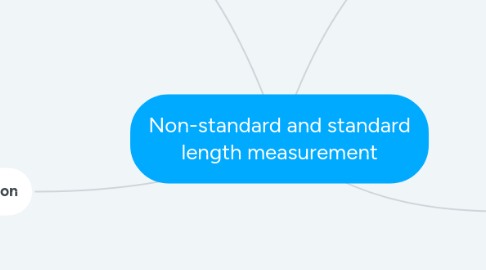Non-standard and standard length measurement
by Natalie Rayo Suarez


1. Culture
1.1. Perspective on how the world is measured
1.2. Peer review and teamwork
1.3. Understanding of a universal language to measure
2. Communication
2.1. Language of learning
2.1.1. Vocabulary: Centimeters, meters, length, numbers, big, small, long, short. Common objects such: table, chair, notebook, door, window, board. Parts of the body: leg, arm, hand, fingers.
2.1.2. Comparatives: longer than, bigger than, smaller than, shorter than
2.1.3. Use of present tenses to describe the length of an object, and communicate it to their classmates.
2.2. Language for learning
2.2.1. Describing an object according to their length
2.2.2. How long is .... ? It is ... long. This object is ... (centímeters, meters, non-standard measure) long.
2.3. Language through learning
2.3.1. To classify objects according to their measures.
2.3.2. To communicate the measurement results to duplicate an object
2.3.3. To build stronger communication and teamwork skills
